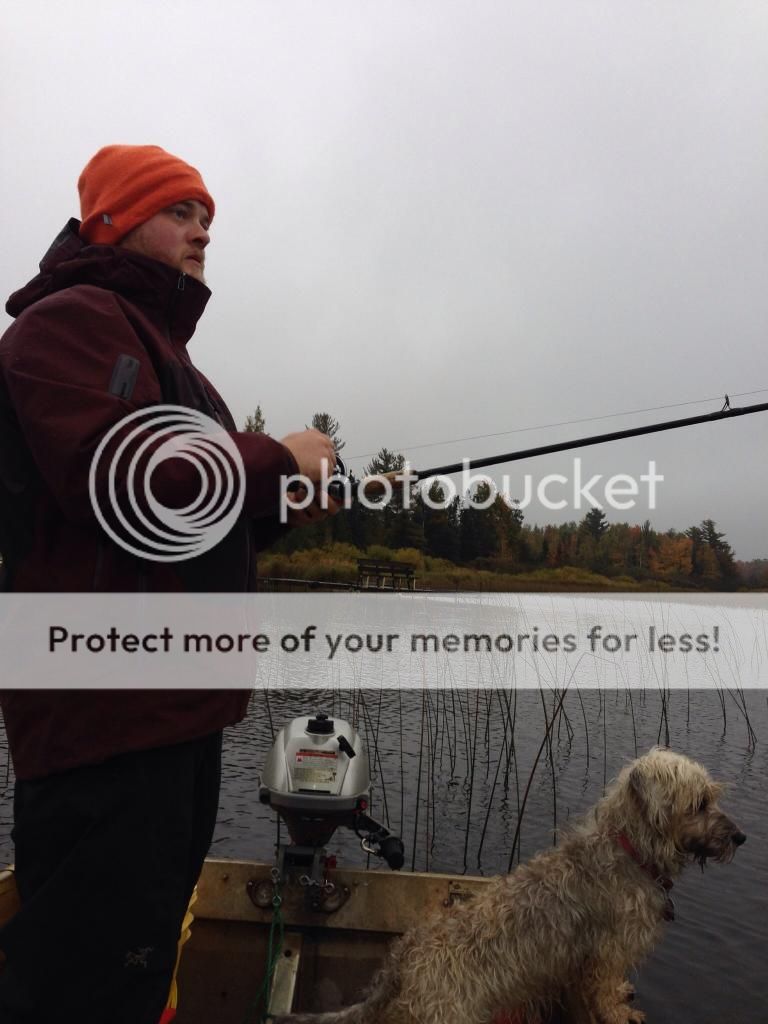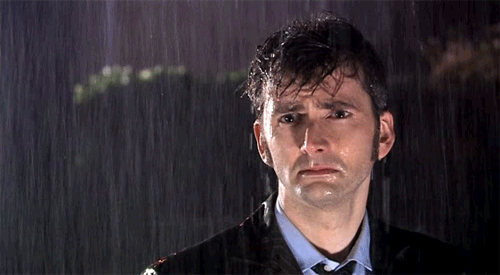- Joined
- Apr 7, 2006
- Messages
- 5,215
About 15 years ago I was invited to hunt North Manitou island during the November deer season on the island. The island is rather small (about 8x4 miles) but once held a huge deer herd of 2000 deer! The annual hunt was started in 1981 to prevent the deer from eating all of the vegetation (the island was picked bare that year). That week we hunted the island was incredibly fun but we went incredibly ill-prepared. I had a single pair of waterproof pants that happed to also be heavily insulated and a jacket that lost it's water-proofness on the first day. We were close to dangerously under-prepared: The four of us brought about enough food for two people and we s Because the island in out on the big lake, it tends to get a lot of rain (sometimes every day of the hunt).
I have hiked and hunted a lot (close to a year of combined time spent on the trail since that last trip to the island) and have the backpacking/camp side of this trip down pat. We actually backpacked to island loop twice last year during the spring and summer. I have hunted in the rain however I only do it for a single day and it's OK if my Filson tin cloth soaks through by the end of the day... however it's not quite the same when you have to put the same clothes back on for a week. The temperature is usually between 20° and 40° this week on the island. While I love the robustness of Tin Cloth, it's definitely only water resistant. I'm tempted to really load it up on wax and use it anyway but I fear it will soak through if it does rain every day again.
I have a Gen III ECWCS Level 6 Gore-tex Parka that I think will do just fine on the top (any advice there would be appreciated) but I usually only wear waxed Tin Cloth pants while still hunting and don't know how they would fair in constant rain. I have several Tilley (cotton and hemp) and Filson (waxed cotton) full-brimmed hats that should keep the rain off my head for a day, but again they usually soak through after a day of rain.
For boots I think I'll be bringing 2 pairs of Gore-tex hiking boots to let one dry a bit each day. I usually live in my OR gaiters during winter hikes but they can be pretty loud when walking through brush so I may not wear them this trip...
My underlayers are always merino wool (Smartwool midweight bottoms and top) and I don't see any reason to change that for this trip. I can usually get a good week out of them without any smell and they remain very serviceable even when they're wet. My mid layers on the top in the winter is an assortment of 100% wool sweaters (add/subtract depending on activity) and again I don't see any reason to change that either.
For knives, I'm thinking a stainless Mora for around camp and a Falkniven H1 for hunting. I dressed and butchered a buck this year with the H1 and couldn't have been happier. If I wasn't so anal I could have easily not sharpened it when I was finished (this is after chopping though several bones).
My rifle will be my new stainless Ruger 77/357. The only deer I shot with it was DRT and the XTP bullet I loaded up was picture perfectly expanded and sitting just under the far-side hide.

Backpacking the island last spring:



I have hiked and hunted a lot (close to a year of combined time spent on the trail since that last trip to the island) and have the backpacking/camp side of this trip down pat. We actually backpacked to island loop twice last year during the spring and summer. I have hunted in the rain however I only do it for a single day and it's OK if my Filson tin cloth soaks through by the end of the day... however it's not quite the same when you have to put the same clothes back on for a week. The temperature is usually between 20° and 40° this week on the island. While I love the robustness of Tin Cloth, it's definitely only water resistant. I'm tempted to really load it up on wax and use it anyway but I fear it will soak through if it does rain every day again.
I have a Gen III ECWCS Level 6 Gore-tex Parka that I think will do just fine on the top (any advice there would be appreciated) but I usually only wear waxed Tin Cloth pants while still hunting and don't know how they would fair in constant rain. I have several Tilley (cotton and hemp) and Filson (waxed cotton) full-brimmed hats that should keep the rain off my head for a day, but again they usually soak through after a day of rain.
For boots I think I'll be bringing 2 pairs of Gore-tex hiking boots to let one dry a bit each day. I usually live in my OR gaiters during winter hikes but they can be pretty loud when walking through brush so I may not wear them this trip...
My underlayers are always merino wool (Smartwool midweight bottoms and top) and I don't see any reason to change that for this trip. I can usually get a good week out of them without any smell and they remain very serviceable even when they're wet. My mid layers on the top in the winter is an assortment of 100% wool sweaters (add/subtract depending on activity) and again I don't see any reason to change that either.
For knives, I'm thinking a stainless Mora for around camp and a Falkniven H1 for hunting. I dressed and butchered a buck this year with the H1 and couldn't have been happier. If I wasn't so anal I could have easily not sharpened it when I was finished (this is after chopping though several bones).
My rifle will be my new stainless Ruger 77/357. The only deer I shot with it was DRT and the XTP bullet I loaded up was picture perfectly expanded and sitting just under the far-side hide.

Backpacking the island last spring:



Last edited:





